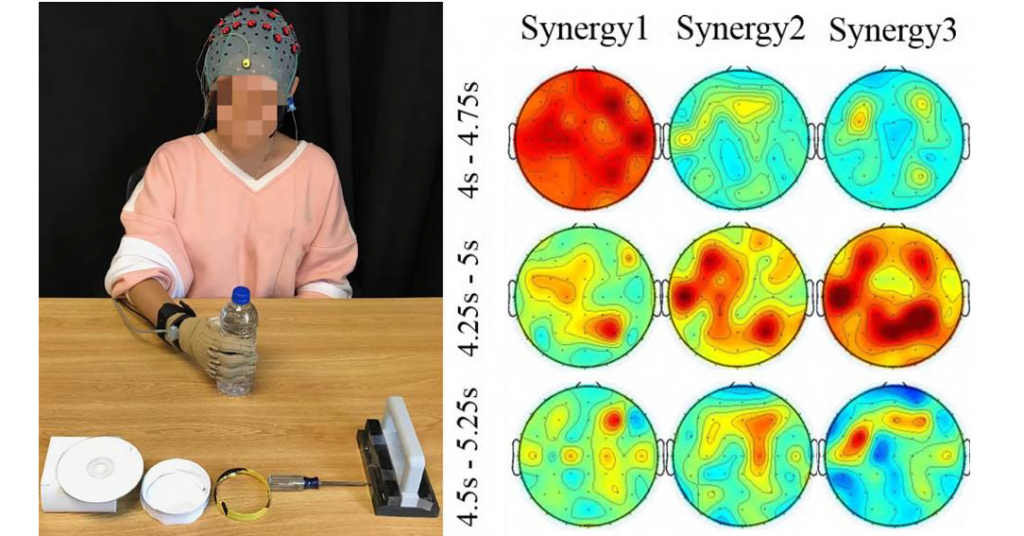
Synergy-based human-machine interfaces
Ramana Vinjamuri
Harvey N. Davis Distinguished Assistant Professor
Stevens Institute of Technology
1:00-2:00 pm Monday, 23 March 2020
Online Webex meeting
Human-machine interfaces (HMIs) have not only become popular technologies but have become the hope of many individuals for restoring their lost limb function. Any HMI has two important intrinsic design components—(i) decode the human commands and (ii) controlling the machine to convert that command into action. Decades of research went into making the interface between the human and the machine seamless but were unable to effectively address the inherent challenges, namely, complexity, adaptability, and variability. To overcome the above challenges, it is critical to computationally understand and quantitatively characterize the human sensorimotor control. Emerging areas in HMIs critically depend on the ability to build bioinspired models, experimentally validate them and utilize them in adaptive and intuitive control. The human hand with high dimensionality encompasses the three inherent challenges and may serve as an ideal validation paradigm. How the central nervous system (CNS) controls this high dimensional human hand effortlessly is still an unsolved mystery. To address this high dimensional control problem, many bioinspired motor control models have been proposed, one of which is based on synergies. According to this model, instead of controlling individual motor units, CNS simplifies the control using coordinated control of groups of motor units called synergies. However, there are several unanswered questions today— Where are synergies present in CNS? What is their role in motor control and motor learning? By combining the concepts of human motor control, computational neuroscience, machine learning and validation with noninvasive human experiments, can we answer these fundamental questions? The goal of this research is to develop efficient, seamless and near-natural human-machine interfaces based on biomimetically inspired models.
Ramana Vinjamuri received his Ph.D. in Electrical Engineering in 2008 specialized in dimensionality reduction in control and coordination of human hand from the University of Pittsburgh. He worked as a postdoctoral research associate (2008-2012) in the field of Brain Machine Interfaces (BMI) to control prosthesis in the School of Medicine, University of Pittsburgh where he received Mary E Switzer Merit Fellowship from NIDILRR in 2010. He worked as a Research Assistant Professor in the Department of Biomedical Engineering at the Johns Hopkins University (2012-2013) in the area of neuroprosthetics. He is currently an Assistant Professor in the Department of Biomedical Engineering at Stevens Institute of Technology (2013-Present). In 2018, he received Harvey N Davis Distinguished Teaching Award for excellence in undergraduate and graduate teaching. He received the NSF CAREER Award in 2019. His other notable research awards are from USISTEF and New Jersey Health Foundation. He also holds a secondary appointment as an Adjunct Assistant Professor at Indian Institute of Technology, Hyderabad, India.